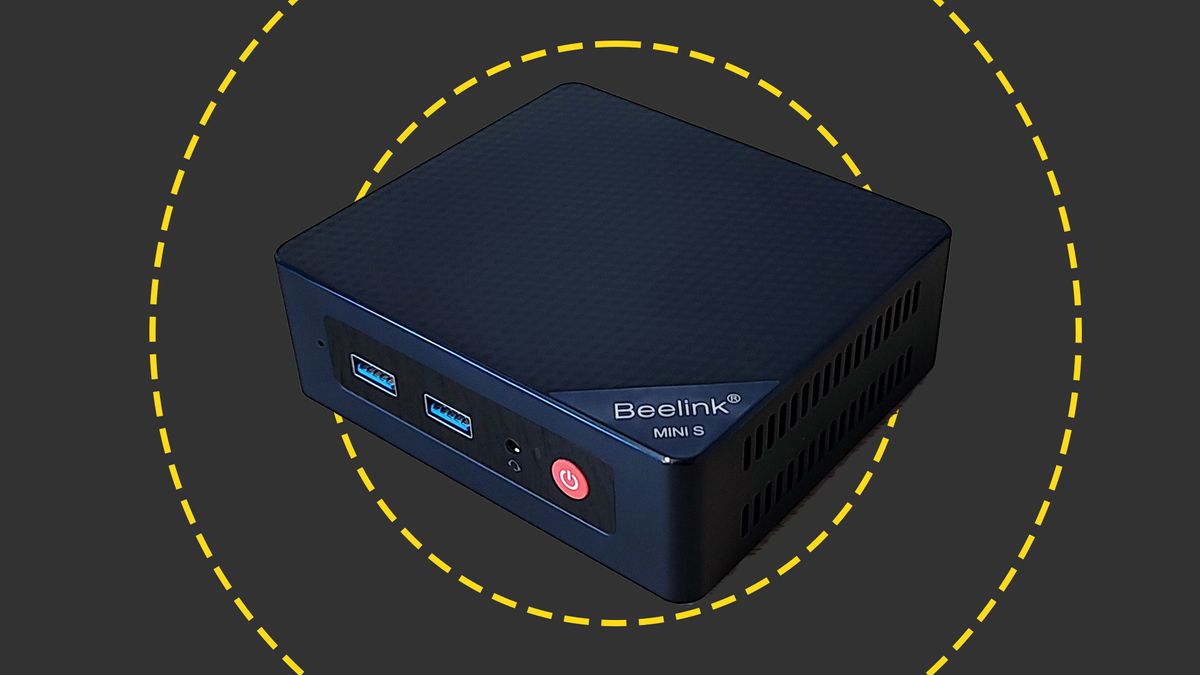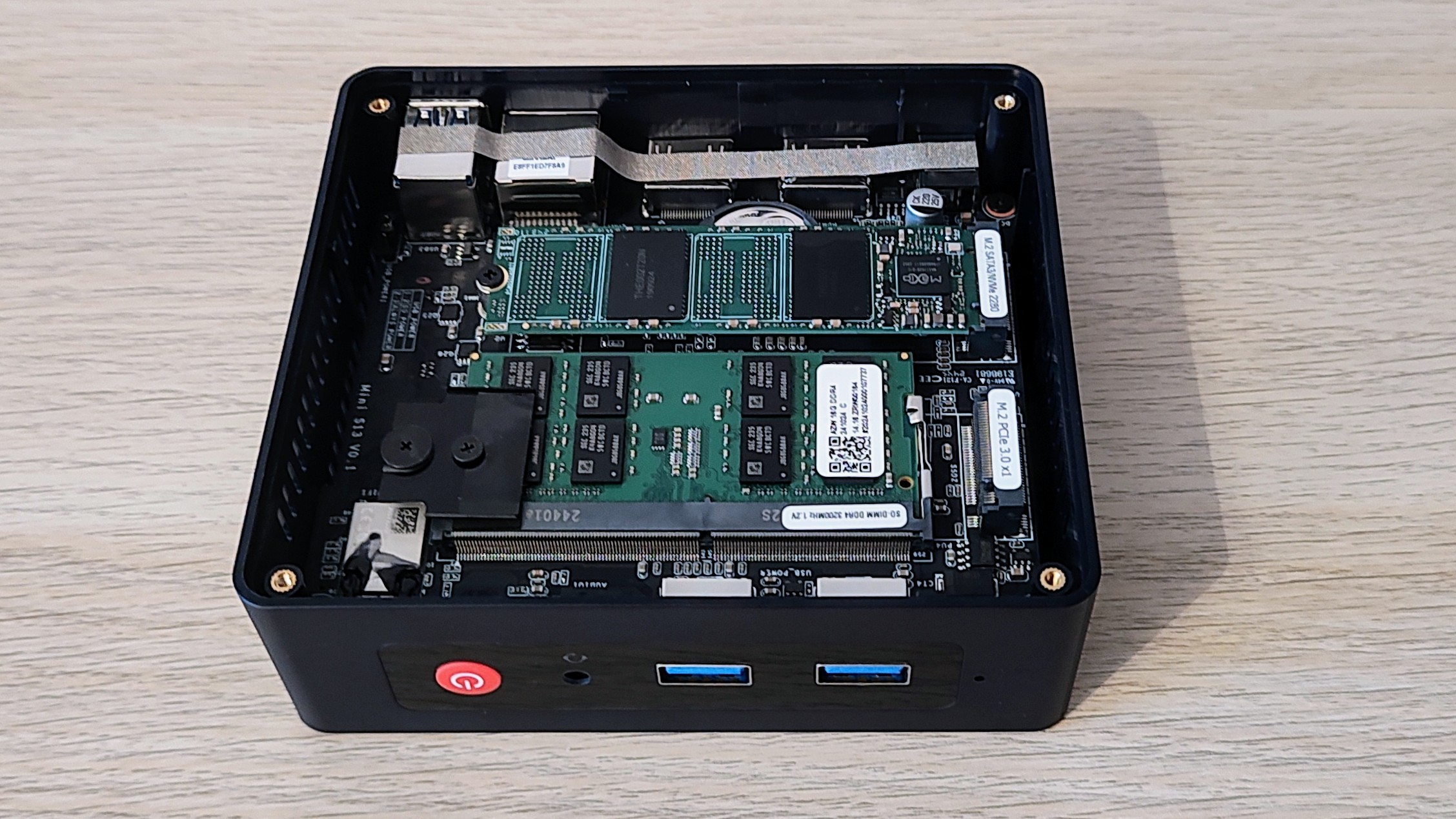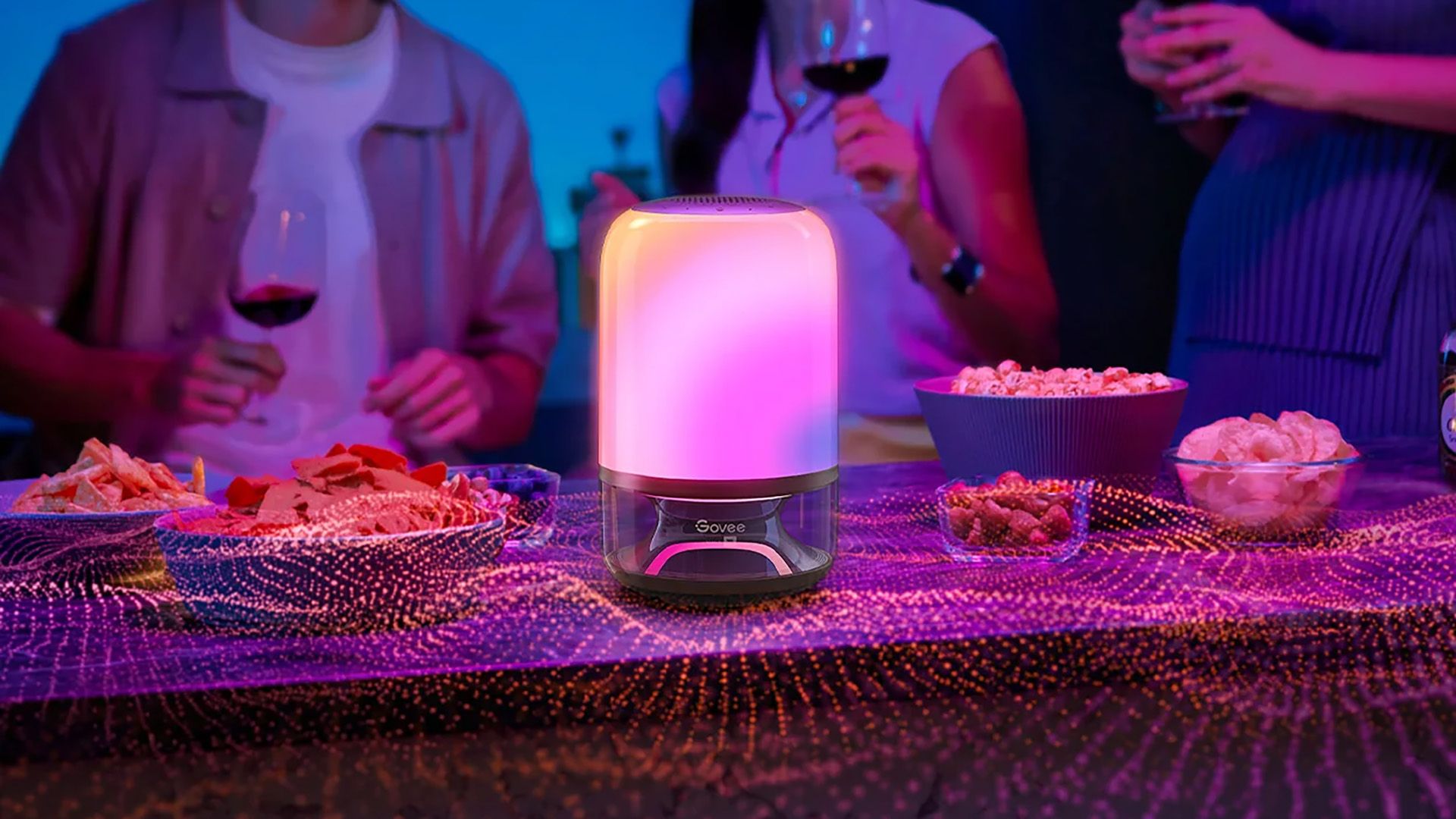Beelink Mini S13 Mini PC review

Chinese Mini PC maker Beelink may not be a name with as much cache as Asus or MSI but it offers a wide range of good-value mini PCs from entry-level boxes to systems built on AMD’s latest Ryzan 9 AI chips. Its latest offering is very much an entry-level box based on one of Intel’s newest and cheapest CPUs, the quad-core N150.
This is the first N150 box we’ve fiddled with, though quite a few are arriving on the market, including the Asus NUC 14 Essential, GMKtec’s NucBox G2 and G3, and the Acemagic V1. Price is likely to be a very moveable feast, given that most will be available from the likes of AliExpress at well below their official European and North American RRPs.
Beelink Mini S13: Design
Given the entry-level price, you’ve no reason to expect the Mini S13 to be a design masterpiece hewn from a CNC-milled block of aluminum. Instead, what you get is a rather mundane but solid little plastic box that measures 115 x 110 x 40mm and weighs 275g. Design embellishments are limited to a diamond pattern-finish on the top of the box and a red power button.
For a cheap Mini PC, the build quality is impossible to criticize and we like the fact it has two substantial rubber feet and that it comes with the screws and bracket to mount it to a wall, desk underside, or monitor. Beelink also throws in an HDMI cable and Windows 11 in Pro rather than Home form for good measure.
On the front of the Mini S13, you’ll find two USB-A ports, a 3.5mm audio jack, a power button, and a CLR-CMOS hole. Around the back are two more USB-A ports, two HDMI 2.1 video outputs, an RJ-45 Gigabit LAN port, a Kensington lock, and a DC-in jack. Usefully all four USB-A ports are 3.2 Gen 2 or 10Gbit/s specification.
Given the price we’d say the Mini S13 comes with a pretty solid range of I/O ports though there is one glaring omission, there’s no Type-C port, something that Asus’ forthcoming competitor, the N150-based NUC 14 Essential seemingly does offer.
Wireless communications are handled by the ever-reliable Intel AX101 card which supports 2.4/5GHz Wi-Fi 6 and Bluetooth 5.2 which is the most you can expect for this sort of price.
Getting inside the Mini S13 is simplicity itself. Just undo the four Philips screws in the base, take hold of the rubber tab, and lift the base out. Once inside there’s easy access to the SODIMM slot – given that the chipset only supports 16GB of single-channel RAM there’s no need for a second – and the two 2280 SSD mounts, the free one sitting atop the RAM card. Accessing the fan means removing the motherboard but another four Philips screws are all that stand in the way of that task.
Beelink Mini S13: Specs and performance
Henceforth, Intel’s low-end Celeron and Pentium brands will be subsumed by the new Intel Processor name, the marketing banner under which the new N150 sits. These new “Twin Lake” processors are still based on the Alder Lake design but have minor clock speed improvements.
The N150 is a four-core four-thread processor with a base TDP of 6W, a maximum turbo clock of 3.6GHz, and an integrated GPU with 24 execution units and a 1Ghz clock. For comparison, the N100 has a maximum turbo clock of 3.4Ghz and a 750Hz iGPU so the new processor doesn’t represent a massive leap in performance.
Even the most cursory glance at the specification should make it obvious that the N150 isn’t designed for gaming and heavy productivity workloads but exists to power lightweight entry-level laptops, embedded systems, NAS devices, home theatre PCs and such like.
Reflecting this ITPro’s standard 4K multi-media benchmark built around Handbreak returned a very low score of just 50.5. That’s akin to the sort of result you’d get from a 2017-vintage dual-core Intel Core i5-7500U processor.
Looking at some other benchmark scores, the Geekbench 6 app scored 1,242 single-core and 3,029 multi-core while the Cinebench R23 rendering test threw up scores of 948 single-core and 2,890 multi-core. The PCMark 10 productivity benchmark scored 2,984.

Those are all towards the button end of what we’d expect from a modern chipset but are high enough to tell us that basic performance won’t be an issue in day-to-day computing tasks.
Those scores are also broadly comparable with the ones we saw from the Intel N95 – a 15W base TDP processor – inside the GMKtec NucBox G1. We had no complaints about the performance of that little PC at the time nor have we in the six months since when the G1 has been hooked up to the ITPro office lounge TV playing the role of an HTPC.
The integrated graphics processor is made up of 24 Tiger-Lake H execution units running at 1GHz which means that the graphics performance is rather limited. The GFXBench Car Chase and Manhattan 1080p offscreen tests ran at 26fps and 56.5fps respectively which is low if no lower than we expected. The Mini S13 can however drive two screens at up to 4K 60Hz without drama which in this context is more important than outright graphics performance.
While the Mini S13 is no stump puller it has the advantage of being able to run hard for long periods with to drop-off in performance and very little noise from the cooling fan. I left my review unit running flat out for 12 hours and at the end, both the CPU and GPU were running at 100% and the fan noise was barely audible.
Given that the N150 is a PCIe 3 competent we didn’t expect great things from the unbranded 512GB SSD and so it proved, with the AS SSD benchmark tool returning sequential read and write speeds of just 510MB/s and 480MB/s respectively. You can expect speeds three or four times as high from affordable laptops but given its likely role in life, pedestrian storage is not a reason to avoid the Mini S13.
A final point worth mentioning is that the new N150 supports Intel’s Unison phone/tablet connection suite, something the older N100 does not. At the time of writing Beelink doesn’t offer an OS-free version of the Mini S13 but we tried booting it into Ubuntu 24.04 from a USB stick and everything worked perfectly out of the box.
Beelink Mini S13: Is it worth it?
Two versions of the Mini S13 are currently on offer through Amazon, one with a 1TB SSD for £249 (£207.5 ex-VAT) and one with a 512GB SSD for £219 (£182.5 ex-VAT). AliExpress has the 512GB model on offer for £147.32 but that excludes taxes which are predicated on adding around £30 to the price.
With the arrival of several mini PCs running on the new N150 chip price competition is likely to be intense and things may well take a little while to settle down after Intel officially lifted the press embargo on the new processors on January 6 despite not actually mentioning them at its CES event.
For an asking price of around £200, the Mini S13 is a useful little tool with a broad range of I/O connectivity, easy storage expansion and the capacity to run light workloads reliably for long periods without any thermal or auditory issues. If you’re in the market for cheap reliable Windows box for home theater, NAS, light office or thin client use you can’t go wrong.
Beelink Mini S13 specifications
| Processor | Intel Processor N150 | Row 0 – Cell 2 |
| GPU | Intel Graphics GPU | Row 1 – Cell 2 |
| RAM | 16 GB LPDDR4 | Row 2 – Cell 2 |
| Ports | 4x USB-A 3.2 Gen 2 ports, 2x HDMI 2.1, 1x RJ45 LAN, 1 x 3.5mm audio jack | Row 3 – Cell 2 |
| Storage | 512GB PCIe 3 SSD | Row 4 – Cell 2 |
| Connectivity | Wi-Fi 6, Bluetooth 5.2 | Row 5 – Cell 2 |
| Weight | 275g (9.7oz) | Row 6 – Cell 2 |
| Dimensions | 115 x 110 x 40mm; 6 x 4.3 x 1.6 inches (WxDxH) | Row 7 – Cell 2 |
| Operating System | Windows 11 Pro | Row 8 – Cell 2 |
Source link











